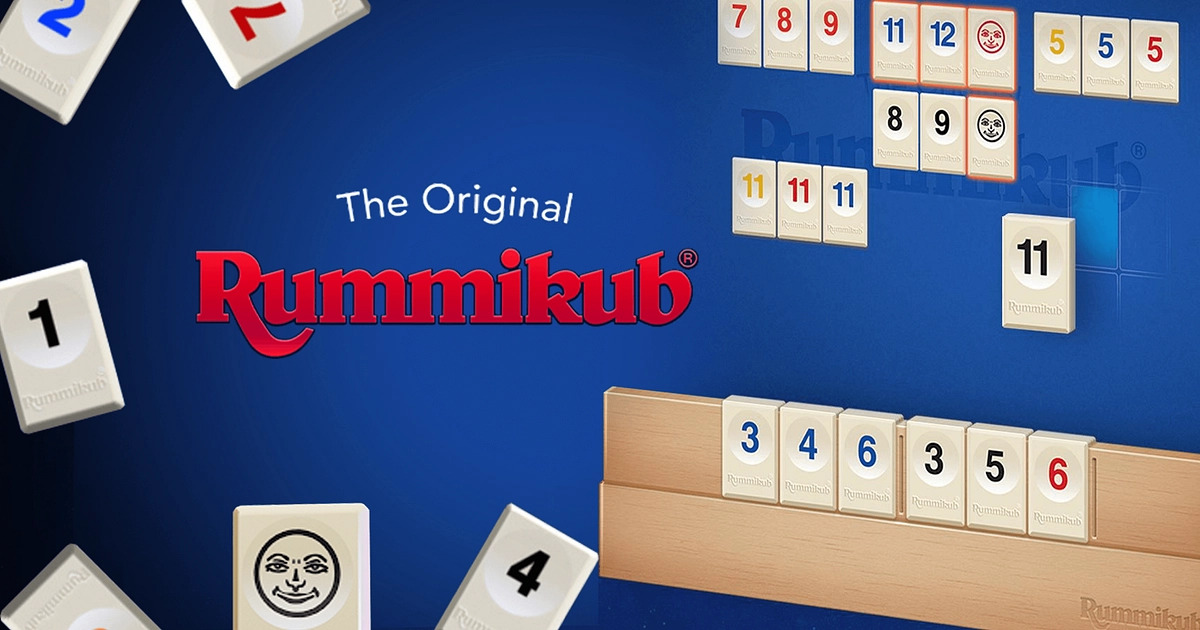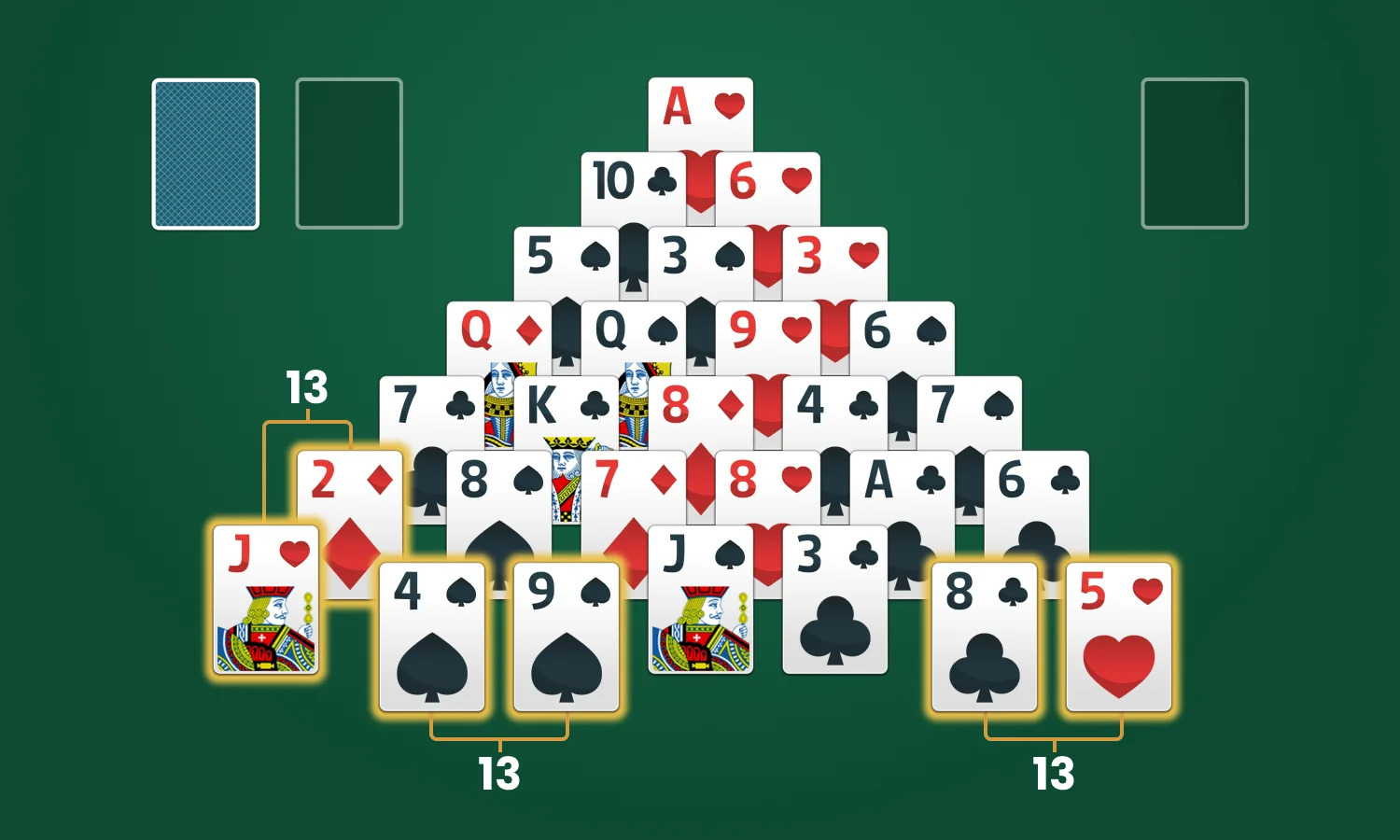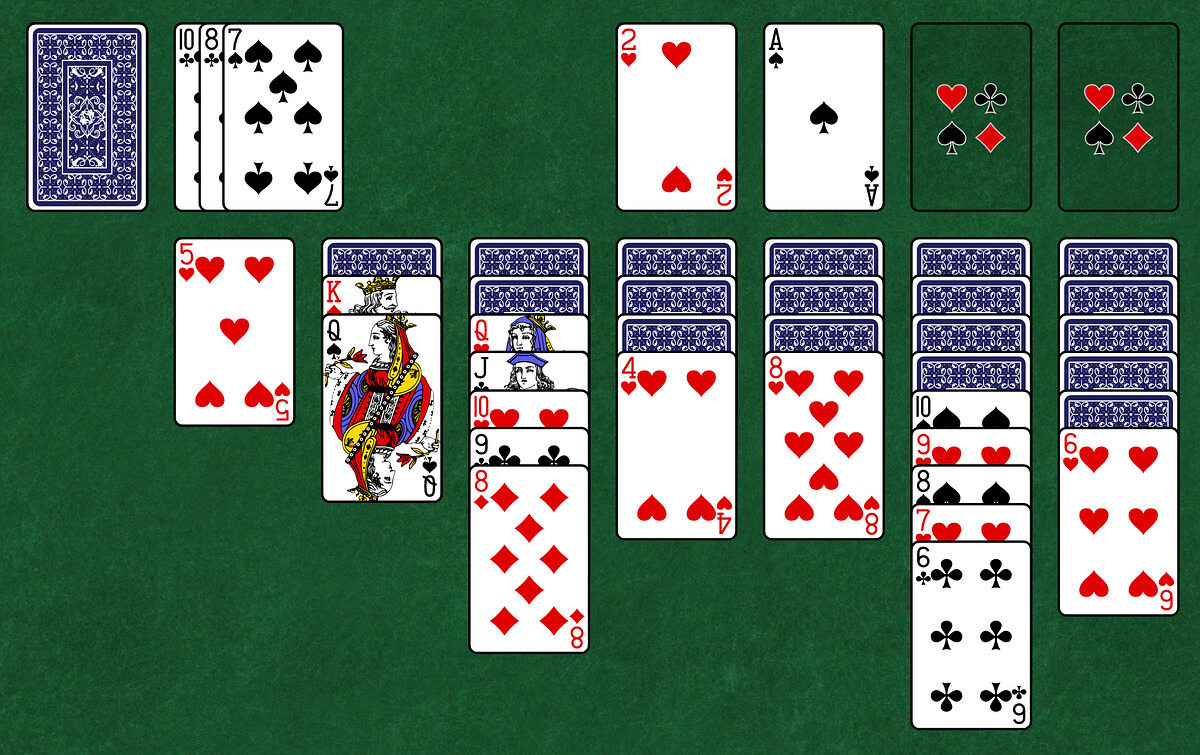What Is Rummikub?
Rummikub is a classic, tile-based strategy game that blends elements of rummy and mahjong. Widely regarded as one of the most popular family games worldwide, it is celebrated for its simplicity, replayability, and universal appeal. The game is designed for two to four players and combines luck, skill, and strategy in an ever-changing board game that keeps players engaged. Known for its colorful numbered tiles and unique gameplay mechanics, Rummikub has been a staple in homes, game nights, and tournaments for decades.
The game’s objective is to arrange numbered tiles into valid groups or sequences, earning points while strategically planning future moves. Rummikub appeals to players of all ages, offering a dynamic experience that challenges critical thinking and creativity. This guide will delve into the game’s rules, strategies, and history, providing a comprehensive overview for new and experienced players alike.
Gameplay and Objectives
At its core, Rummikub is a race to be the first player to empty your rack of tiles. Each player begins with 14 tiles drawn randomly from a pool of 106 tiles, which includes two jokers. The tiles are numbered 1 through 13 in four colors (red, blue, yellow, and black), with each number appearing twice in each color.
Players take turns arranging tiles into valid sets or runs. A set consists of three or four tiles with the same number in different colors, while a run is a sequence of three or more consecutive numbers in the same color. The game begins with a “table build,” requiring players to place initial combinations totaling at least 30 points. Subsequent turns allow players to add to existing combinations or rearrange tiles already on the board.
When a player cannot make a valid move, they must draw a tile from the pool. The game continues until one player empties their rack or when no moves are possible. The remaining tiles on other players’ racks count as penalty points, which are deducted from their scores.
Features and Highlights
Rummikub’s standout feature is its dynamic gameplay. Unlike traditional board games, the playing field in Rummikub constantly evolves. Players can manipulate and rearrange existing tiles on the table to create new combinations, introducing a layer of complexity and strategy.
Another highlight is the game’s accessibility. The rules are simple enough for children yet engaging enough for adults, making it a go-to option for families and friends. The tactile joy of handling tiles and the colorful design enhance the game’s appeal. For those who prefer digital gaming, Rummikub offers mobile apps and online platforms, complete with AI opponents and multiplayer functionality.
Tips and Strategies
Beginner Tips
For new players, understanding the basics of Rummikub is crucial. Begin by organizing your tiles into potential sets and runs. Sorting tiles by color or number helps you identify opportunities faster. During the first few rounds, aim to complete your table build by focusing on high-point tiles, as this will allow you to participate in the game’s strategic elements sooner.
Avoid holding onto jokers for too long. While they are powerful wildcards, using them early can help you reduce your tile count and create opportunities for future plays. Pay close attention to the board, as observing your opponents’ moves can reveal their strategies and the tiles they might need.
Advanced Strategies
Experienced players can elevate their game by mastering tile manipulation. Rearranging the board to accommodate your tiles can significantly improve your chances of winning. For example, breaking apart long runs or large sets to free up tiles for new combinations can give you a strategic edge.
Balancing offense and defense is another key strategy. While aiming to clear your rack, consider how your moves might benefit opponents. For instance, avoid leaving tiles on the board that others can easily use. Additionally, memorize played tiles to anticipate what remains in the pool and adjust your strategy accordingly.
Risk-taking is essential in Rummikub, particularly in close matches. Knowing when to hold back tiles or make a bold move can turn the tide in your favor.
Variants or Related Games
Variants and Spin-Offs
Rummikub has evolved over the years with several exciting variations. Rummikub Twist introduces new joker tiles and fresh rules, making gameplay less predictable and more challenging. Another popular version, Rummikub XP, accommodates up to six players, making it ideal for larger gatherings. Travel editions with compact tiles are also available for on-the-go fun.
For those who enjoy digital gaming, Rummikub’s online platforms offer customizable difficulty levels, global leaderboards, and multiplayer modes. These adaptations retain the essence of the game while adding modern conveniences.
Similar Games You Might Enjoy
If you love Rummikub, consider exploring similar games like Mahjong, which also emphasizes pattern recognition and strategy. Sequence blends cards and board game mechanics, offering a unique mix of luck and planning. Dominoes is another classic choice for fans of tile-based gameplay, while Scrabble challenges players to form words instead of patterns, appealing to those who enjoy wordplay.
The Origins of Rummikub
Rummikub was created in the 1940s by Ephraim Hertzano, an Israeli game designer. Seeking an alternative to card games, which were restricted in certain regions, Hertzano crafted the first sets of Rummikub tiles by hand. The game quickly gained popularity in Israel and later expanded globally, thanks to its universal appeal.
In 1980, Rummikub received the prestigious Spiel des Jahres (Game of the Year) award, solidifying its status as a timeless classic. Today, it is sold in over 50 countries and has been translated into 26 languages.
How Rummikub Has Evolved
Over the decades, Rummikub has embraced innovation while maintaining its core mechanics. Digital versions now cater to tech-savvy players, offering features like AI opponents and online multiplayer. The game has also inspired numerous tournaments, including national and international championships, which bring together enthusiasts from around the world.
Did You Know?
- The name “Rummikub” combines “rummy,” a card game, and “kub,” derived from the Hebrew word for cube.
- The game’s longest recorded match lasted over 24 hours, highlighting its ability to captivate players for extended periods.
- Ephraim Hertzano’s original Rummikub sets were made from recycled materials, showcasing his resourcefulness and dedication.
Why Rummikub Is Worth Playing
Rummikub stands out as a game that seamlessly blends strategy, chance, and social interaction. Its simple rules make it accessible to beginners, while its depth ensures endless replayability for experienced players. Whether you’re looking to challenge your critical thinking skills or bond with family and friends, Rummikub offers something for everyone. The tactile experience of handling tiles, coupled with the dynamic nature of the game, guarantees an engaging and memorable time.
Share Your Thoughts
Have you played Rummikub? Share your favorite strategies, memorable moments, or tips in the comments below. Explore our other guides for similar games, and let’s keep the conversation going about this timeless classic.



